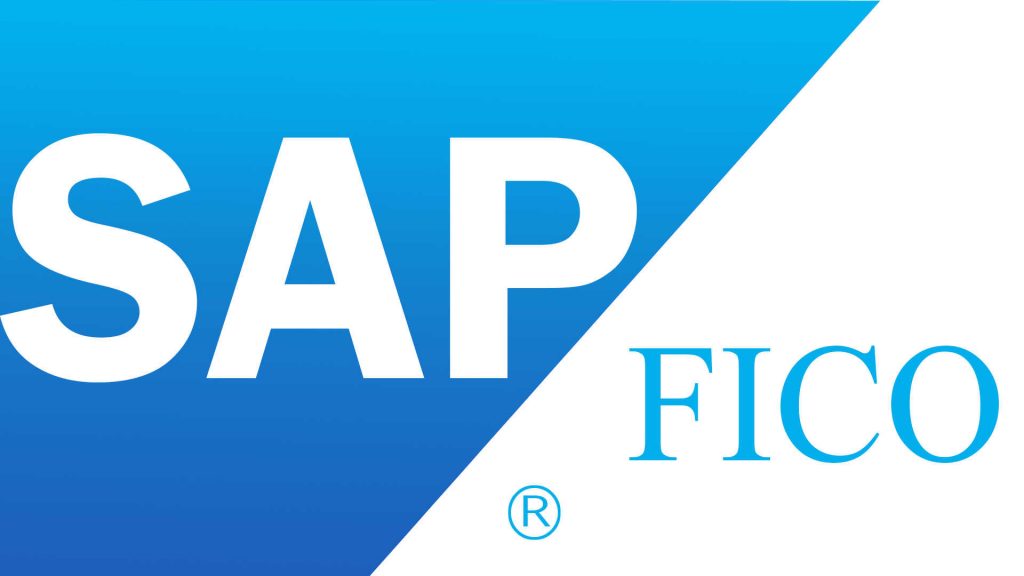SAP-Fico

The SAP FICO (Financial Accounting and Controlling) course is a comprehensive training program designed for individuals who want to develop a deep understanding of SAP’s financial modules. SAP FICO is the core module in SAP ERP that enables organizations to track and manage their financial conditions efficiently and support internal financial reporting. This course is ideal for finance professionals, accountants, and MBA students who aim to build a career as an SAP FICO Consultant or in financial system management.
The course begins with an Introduction to SAP and FICO, explaining the architecture of SAP ERP and how the Financial Accounting (FI) and Controlling (CO) modules integrate with other modules like MM (Materials Management), SD (Sales and Distribution), and PP (Production Planning).
Financial Accounting (FI) Module
This section covers the essential aspects of financial accounting processes. It begins with Organizational Structure, teaching how to configure and assign Company Code, Business Area, and Chart of Accounts.
Learners will dive into General Ledger Accounting, where they will understand ledger setup, document posting, parking and holding, recurring entries, and the balance sheet and P&L account preparation.
Accounts Payable (AP) and Accounts Receivable (AR) focus on vendor and customer transactions respectively. Topics include invoice posting, payment processing, credit memos, advance payments, dunning procedures, and aging reports.
Asset Accounting (AA) introduces learners to fixed asset management. This includes asset master data, asset classes, depreciation methods, asset acquisition, transfer, and retirement.
The Bank Accounting module covers configuration of bank master data, electronic bank statement processing, and cash journal management.
Taxation and GST configuration in SAP are also covered, focusing on indirect taxes setup relevant to country-specific requirements (such as GST in India).
Controlling (CO) Module
The Controlling module enables organizations to plan, report, and monitor business operations. The course starts with Cost Element Accounting, teaching how to define and categorize cost elements.
Cost Center Accounting explains the setup and reporting of costs incurred in different departments. Learners will learn to allocate overheads and generate cost reports.
Internal Orders are used for tracking specific projects or tasks. The course covers order creation, planning, settlement, and monitoring.
Profit Center Accounting introduces the concept of managing revenues and costs by areas of responsibility. Students will learn to analyze profitability by profit center.
Profitability Analysis (CO-PA) is another key area, used for evaluating market segments. It includes configuration and use of value fields, characteristics, and reporting tools.
The course also covers Integration with Other Modules, showing how transactions in MM or SD affect FI and CO. Real-world scenarios help illustrate seamless data flow across modules.
Hands-On Training and Real-Time Scenarios
Throughout the course, students gain hands-on experience with SAP GUI, perform end-user activities, configuration tasks, and work on live scenarios. Project-based learning helps simulate real-time business processes to ensure practical understanding.
Book Free Demo Class Now!
What You Will Learn?
Introduction to SAP and FICO Module
Overview of SAP ERP, architecture, and FICO integration with other modules.
Organizational Structure in SAP FICO
Configuration of Company Code, Business Area, Fiscal Year Variant, and Chart of Accounts.
General Ledger (G/L) Accounting
G/L master data creation, journal entries, recurring entries, and financial statement generation.
Accounts Payable (AP)
Vendor master data, invoice posting, outgoing payments, credit memos, and automatic payment program.
Accounts Receivable (AR)
Customer master data, incoming payments, dunning process, credit control, and aging reports.
Asset Accounting (AA)
Asset master creation, acquisition, depreciation, transfer, and retirement.
Bank Accounting
Bank master data, cash journal, check management, and electronic bank statement processing.
Taxation Configuration (Including GST)
Setting up input/output tax, GST configuration, tax codes, and tax reporting.
Cost Element Accounting (CO Module)
Primary and secondary cost elements, category assignments, and data flow from FI to CO.
Cost Center Accounting
Creation of cost centers, planning, allocations, and reporting of department-wise costs.
Internal Orders
Tracking project-specific expenses, order creation, budgeting, and settlement.
Profit Center Accounting
Managing costs and revenues by profit center, master data setup, and performance analysis.
Profitability Analysis (CO-PA)
Configuration of characteristics and value fields, and market segment profitability reporting.
Integration with Other SAP Modules
Understanding FI-MM, FI-SD, and FI-PP integration and real-time data flow.
End-User Activities and Real-Time Project Scenarios
Hands-on practice with postings, reports, system configuration, and real-life business case simulations.

